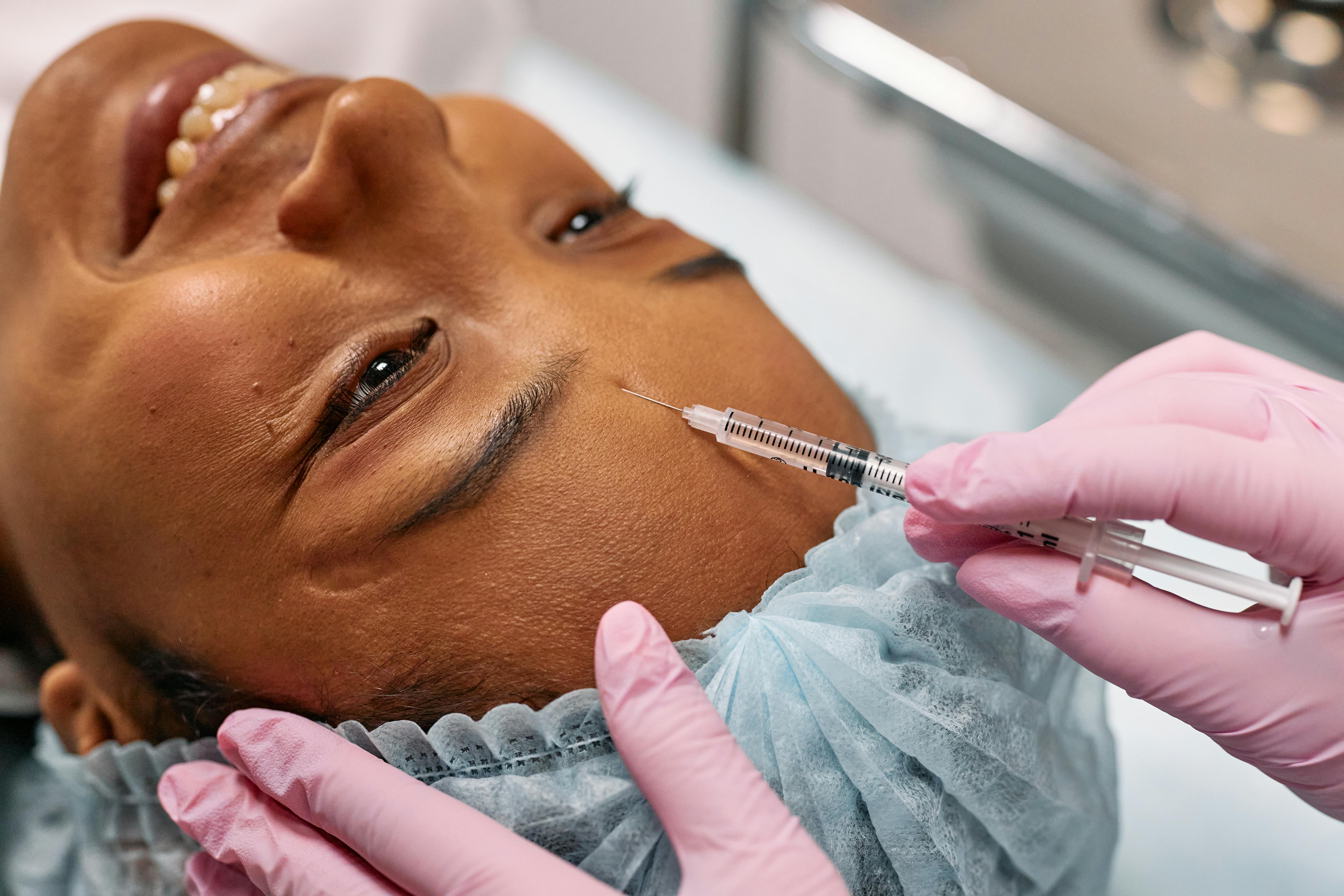Understanding the Art and Science of Botox
The world of beauty has been revolutionized by various scientific advancements that promise to help individuals age gracefully. One of the most popular among these methods is Botox, a procedure that has become a household name in the field of cosmetic enhancements. Known for its ability to smooth out wrinkles and restore youthful contours, Botox has successfully carved its niche in the beauty industry. However, there's more to this treatment than meets the eye. In this article, we delve into the history, science, and current trends surrounding Botox, as well as its impact on beauty standards worldwide.

The Historical Context of Botox
The story of Botox starts back in the 1950s, with the discovery of the bacterium Clostridium botulinum, from which the neurotoxin botulinum toxin is derived. Initially, it was employed to treat certain muscular conditions due to its paralysis-inducing properties. However, in the late 1980s, Dr. Jean Carruthers, a Canadian ophthalmologist, noticed that her patients were experiencing reduced wrinkles after receiving botulinum toxin injections for eye disorders. This serendipitous discovery took the medical world by storm and marked the conception of Botox as a cosmetic tool.
The Science Behind Botox
At its core, Botox is a neurotoxic protein that works by blocking nerve signals in the muscles where it is injected. This results in temporary muscle paralysis, which in turn smooths out wrinkles and fine lines, providing a more youthful appearance. The effects of a Botox treatment typically last between three to six months, depending on factors such as individual metabolism and the area treated.
Current Trends and Reception of Botox
Over the past few decades, Botox has steadily grown in popularity. According to the American Society of Plastic Surgeons, Botox is the most popular minimally invasive cosmetic procedure, with over 7.4 million treatments performed in 2019 alone. This rise in popularity could be attributed to the increasing societal acceptance of cosmetic enhancements, driven by social media and celebrity influences.
Moreover, the use of Botox has transcended gender boundaries. A growing number of men are also seeking Botox treatments to maintain a youthful and refreshed appearance, leading to the term “Brotox.”
The Impact of Botox
Botox treatments not only have a physical impact but also a psychological one. Many individuals report improved self-esteem and confidence after undergoing the procedure. However, it’s important to note that like any medical procedure, Botox comes with potential risks, including bruising, headaches, and in rare cases, adverse reactions. It’s crucial that individuals considering Botox seek advice from a qualified professional to ensure they are fully informed about the procedure and its potential outcomes.
Unique Insights into Botox
While Botox is primarily known for its cosmetic benefits, it’s worth noting that it has various medical applications as well. It’s used to treat a range of conditions such as chronic migraines, excessive sweating, and certain bladder disorders.
Furthermore, the future of Botox looks promising. Researchers are continually exploring new ways to utilize this versatile neurotoxin, from treating depression to reducing scarring.
A Balanced View on Botox
Botox, like any other cosmetic treatment, is a tool that can be used to enhance one’s appearance and self-confidence. However, it’s essential to have a balanced perspective. Beauty is multifaceted and extends beyond physical attributes. While Botox can help individuals maintain a youthful appearance, it’s equally important to prioritize inner beauty, character, and overall well-being.
To conclude, Botox has undeniably left an indelible mark on the landscape of beauty and cosmetic enhancements. By understanding its history, science, and trends, we can better appreciate its role in our society. As the field of cosmetic enhancements continues to evolve, it’s intriguing to ponder what future innovations might join the ranks of this game-changing treatment.




